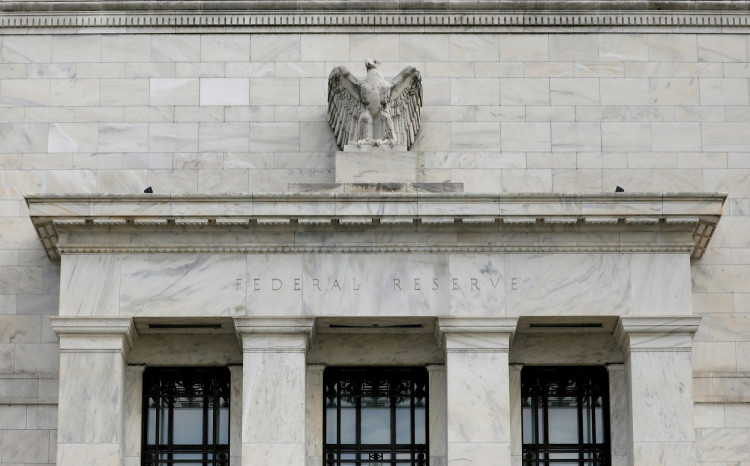The Federal Reserve is expected to implement another interest rate cut this week, reducing its benchmark rate by a quarter percentage point to approximately 4.3%. This decision, marking the fourth consecutive cut since September, comes as policymakers navigate a resilient economy paired with persistent inflationary pressures. Despite a stronger-than-anticipated economic performance, inflation remains stubbornly above the central bank's 2% target, prompting officials to adopt a more cautious approach to monetary easing.
The anticipated rate cut reflects a recalibration rather than a shift in policy direction. Federal Reserve Chair Jerome Powell and his colleagues are signaling that future cuts will be more gradual, with fewer reductions projected for 2025 than previously anticipated. The move underscores the Fed's delicate balancing act as it seeks to maintain economic growth without reigniting inflationary pressures. Powell recently emphasized the importance of exercising caution as the central bank works toward what it considers a "neutral" interest rate-neither stimulating nor restricting growth.
Economic data continues to present a mixed picture. Consumer spending remains robust, bolstered by solid retail sales figures and housing activity, while inflationary pressures persist. November's retail sales are expected to show another month of strong demand, reflecting an economy that has proven more resilient than many had predicted. However, inflation, excluding volatile food and energy costs, has plateaued at an annual rate of 2.8% since March, confounding earlier forecasts of a decline to 2.4% by now.
The upcoming Federal Open Market Committee meeting is expected to yield not only a rate cut but also updated projections for growth, inflation, unemployment, and interest rates over the next three years. These forecasts will likely reflect the Fed's revised outlook, with a shift toward slower and less frequent rate reductions. While September projections suggested four rate cuts in 2025, many analysts now expect just two or three, and market sentiment points to the possibility of even fewer.
This more restrained approach is influenced by the broader economic and political landscape. President-elect Donald Trump's incoming administration has introduced a degree of uncertainty, with proposed policies such as corporate tax cuts, increased tariffs, and stricter immigration enforcement expected to have significant implications for inflation and growth. Some economists argue that these potential changes make a cautious stance more prudent, as the Fed seeks to avoid a scenario where it might need to reverse course and raise rates in the face of accelerating inflation.
Consumer sentiment has improved in recent months, particularly among Republicans, reflecting newfound confidence in the economy following the November election. This optimism has been accompanied by strong economic indicators, including increased housing starts and permits, as well as steady growth in gross domestic product. However, economists remain divided on whether the Fed should proceed with another rate cut at this juncture. Some argue that the economy's strength and the persistence of inflationary pressures call for a pause in rate reductions.
As the Fed prepares to announce its decision, attention will also turn to the personal consumption expenditures price index, a key measure of inflation closely monitored by policymakers. The report, set to be released Friday, is expected to show that prices rose in November and remain above the Fed's target. While not as widely recognized as the consumer price index, the PCE plays a critical role in shaping the central bank's inflation outlook.
The political landscape adds another layer of complexity to the Fed's deliberations. Trump's proposed fiscal policies, including significant corporate tax cuts, are expected to stimulate economic growth but could also exacerbate inflationary pressures. Lawmakers are currently negotiating a government funding deal, with the potential for additional fiscal stimulus to influence the Fed's policy trajectory.






